Bush artist Hans Heysen was master of the eucalypt
The young lad who made his way into the bush every Sunday became a master observer of the Australian landscape.
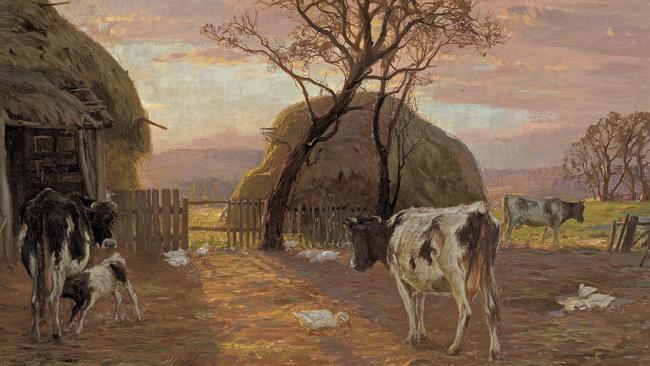
Today in History
Don't miss out on the headlines from Today in History. Followed categories will be added to My News.
The ironmonger’s apprentice was up before dawn to make an early getaway for a trip into the bush. His only free day was Sunday, so to make good use of his time, he prepared his swag on Saturday night so he could be away as early as possible on Sunday.
Taking his watercolours with him, 15-year-old Wilhelm Heysen, better known as Hans, was heading out to match sketches of the landscape he found so inspiring. Even when he left his apprenticeship at 16 he continued his “plein air” painting trips. It would make him one of the most astute draftsmen of the Australian bush and one of the country’s most admired artists.
While also accomplished at more intimate works such as still lifes and portraits, it is his light-drenched, uncomplicated and often heroic scenes of rural Australia that made him famous and secured his place in our art history. Known as the “master of the gum” he was one of the first artists to celebrate the beauty of the native eucalypts, using them as centrepieces and major features in his paintings.
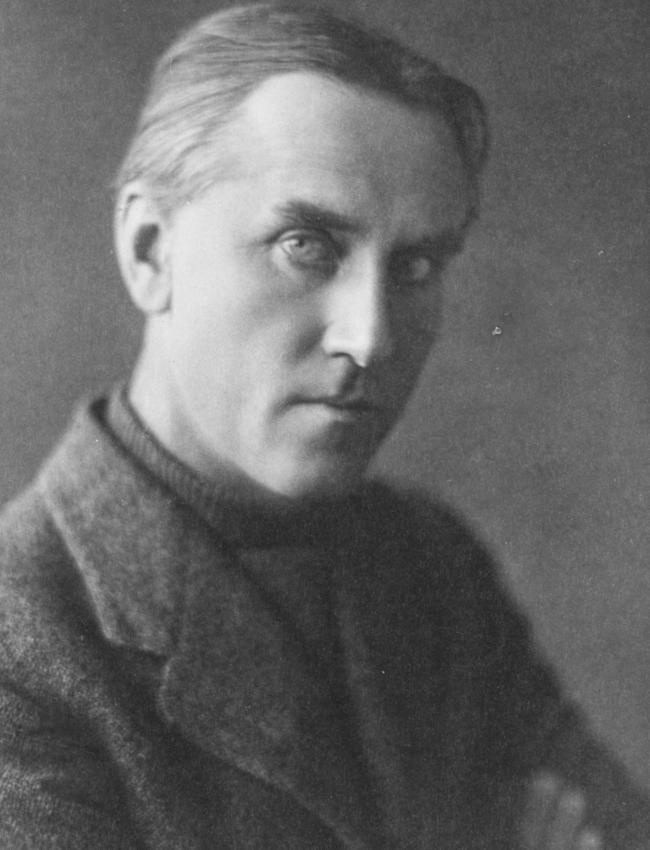
Born Wilhelm Ernst Hans Franz Heysen, 140 years ago on October 8, 1877 in Hamburg, Germany, he was the youngest of six children born to Louis Heysen and his wife Maria. In 1883 Louis migrated to the colony of South Australia, Maria brought their five surviving children, including Hans, the following year.
As a child Heysen enjoyed creating art, and after discovering water colours at the age of 14, painted things he saw wandering around the Adelaide Hills. That same year he left school to help his father in his hardware store.
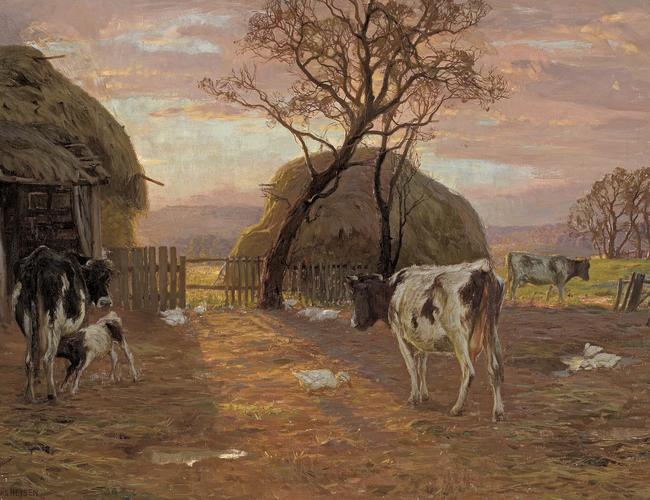
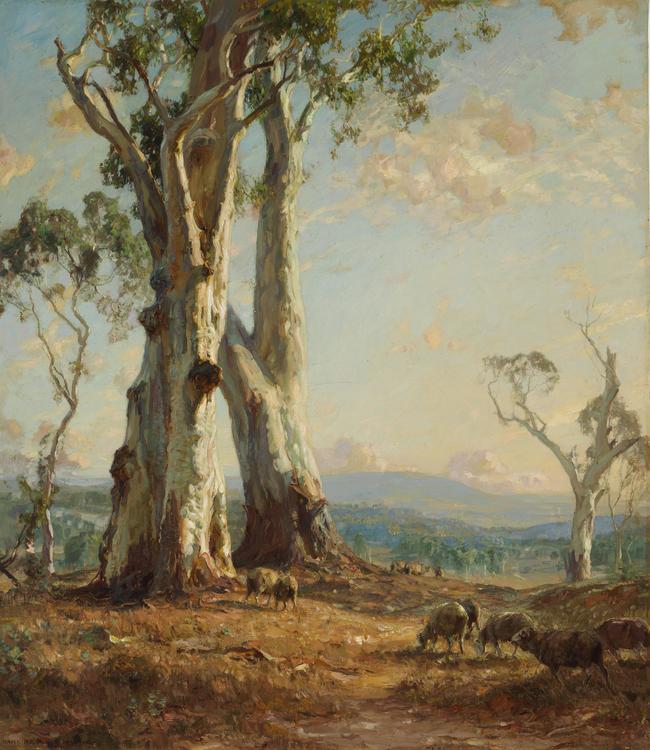
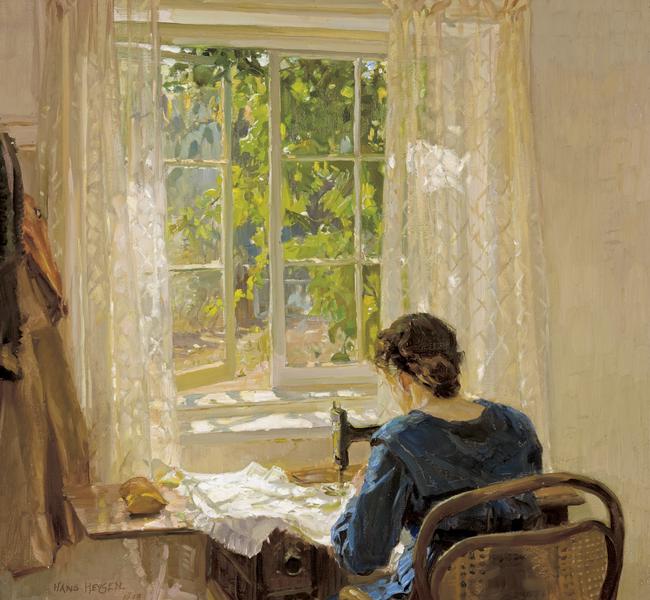
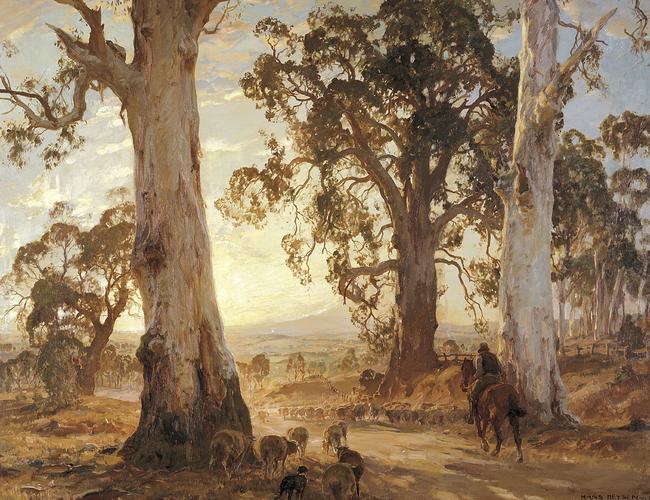
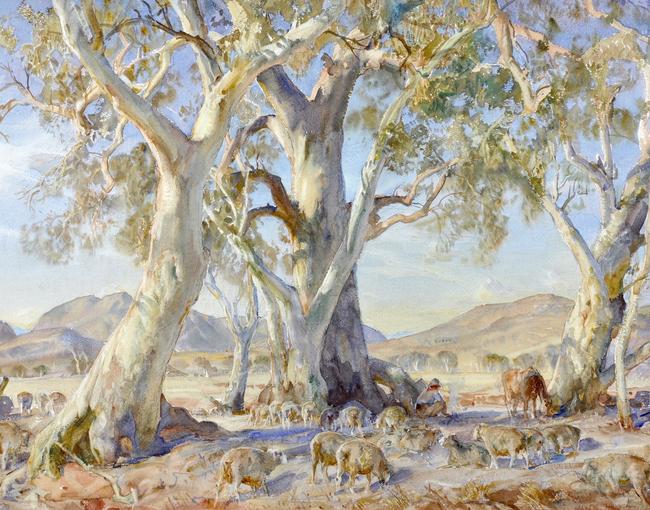
At 15 he was apprenticed to an ironmonger, but his real passion was striking out into the wilderness to paint. At 16 he left his apprenticeship to help his father with a produce carting business. He also took classes at James Ashton’s art school. Within a short time his proficiency at watercolours saw him winning praise from Ashton, who bought his 1894 work The Wet Road, a scene of a muddy country track inspired by something he had seen at the Art Gallery of South Australia.
It was his first sale and he never looked back. Heysen began to focus more on his art. He made frequent painting trips, exhibited his works and joined the Adelaide Easel Club in 1897, which exposed him to the South Australian art world.
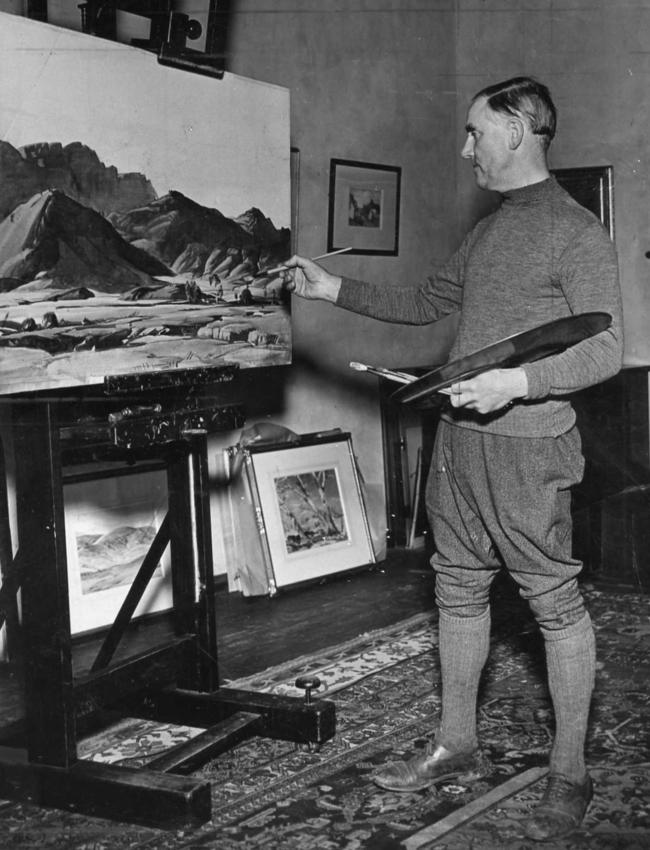
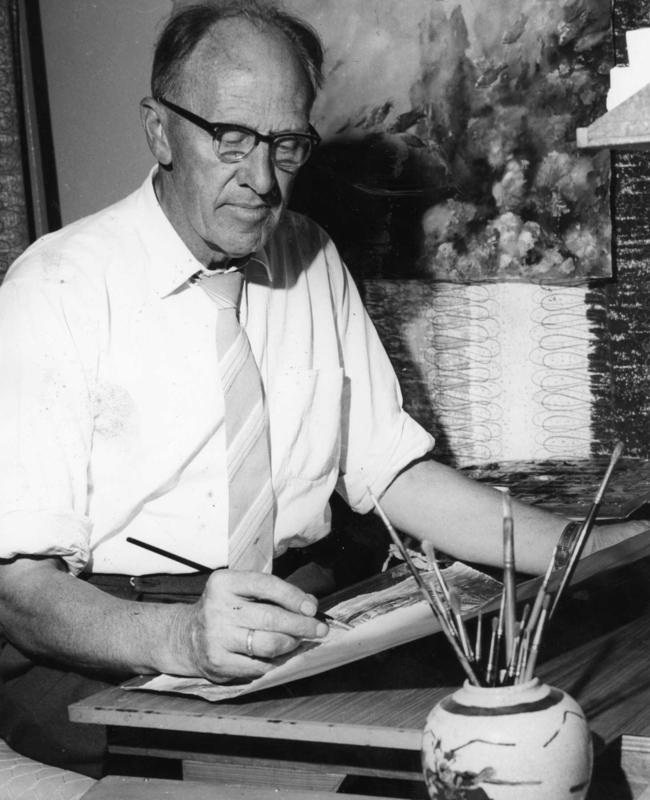
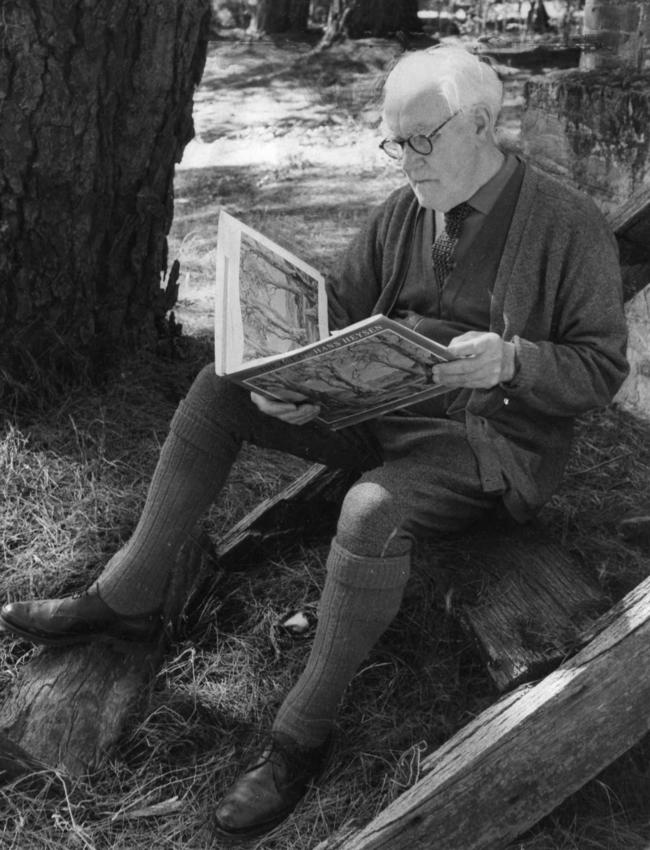
Businessman and philanthropist Robert Barr Smith became one of his patrons, paying for him to study at the Art Gallery school. In 1899 four wealthy patrons offered to fund his studies in Europe if they could sell any work he produced while over there.
He spent four years learning all he could in France, Scotland, Germany and Italy; taking art classes but also by painting foreign landscapes before returning to Adelaide in 1903.
Although he had gained a reputation, enhanced by solo exhibitions of works based on places he had visited, he still had to supplement his meagre income by taking in art students. One of them was Selma Bartels, who he married in 1904. They would have eight children (three boys, five girls) and adopted one daughter.
In 1904 Heysen won the first of nine Wynne Prizes for landscape. But his first great success was his 1908 exhibition in Melbourne, opened by prime minister Alfred Deakin. It was so successful that he was able to give up teaching and move out of Adelaide. His second big exhibition in 1912 enabled him to buy his dream retreat The Cedars, near Hahndorf in the Adelaide Hills. There Heysen was free to create some of his most famous works, including Droving Into The Light and Summer. But even though Heysen could shut-out the world, he and his family had their loyalty questioned and endured insults for their German ancestry during World War I.
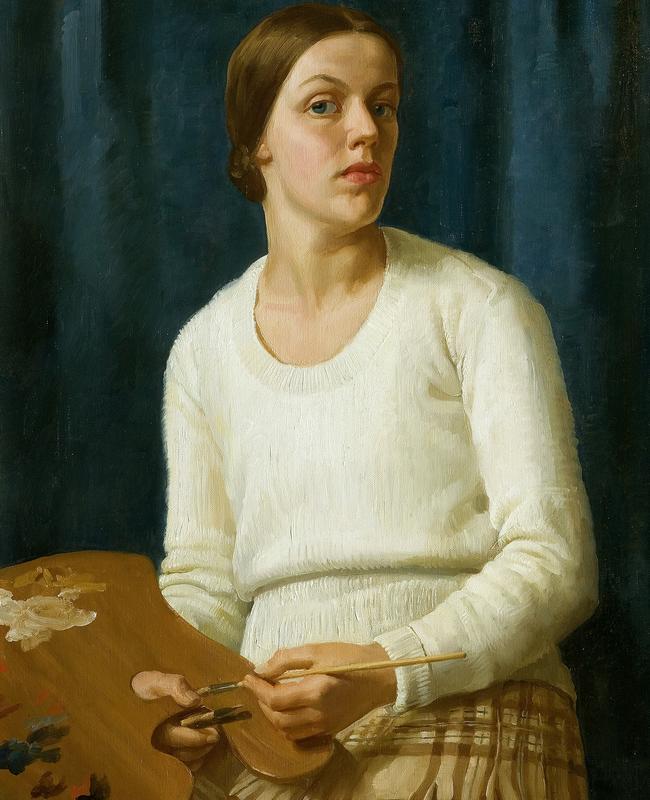
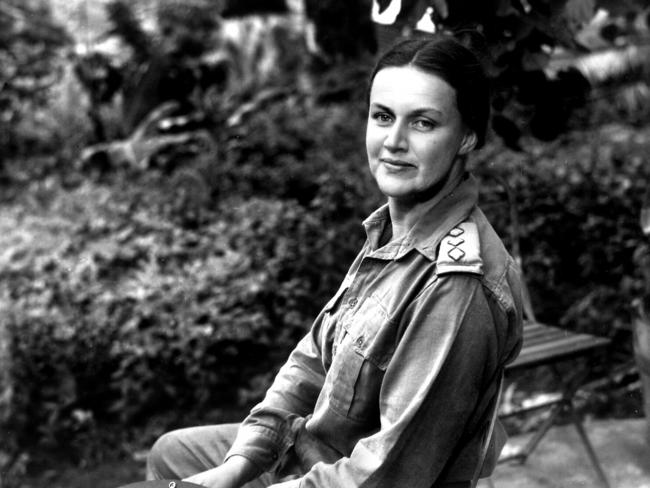
Although some critics have complained about his dwelling on eucalypts, Heysen’s output was always changing. From 1929 to 1933 he made trips to the Flinders Ranges looking for new landscapes. In the ’30s he returned to Europe, after which he produced still lifes, portraits and interiors.
By then his daughter Nora was also developing a reputation as an artist. The first woman to win the Archibald in 1938, she was appointed the first official female war artist of WWII.
While his painting style became increasingly outdated in his later years, he was still admired by the public and well respected by his peers. He earned an OBE in 1945 and was knighted in 1959. He continued to paint through the 1960s, holding a major exhibition of his works at the Adelaide Festival of Arts in 1966.
He died in 1968.
Originally published as Bush artist Hans Heysen was master of the eucalypt



